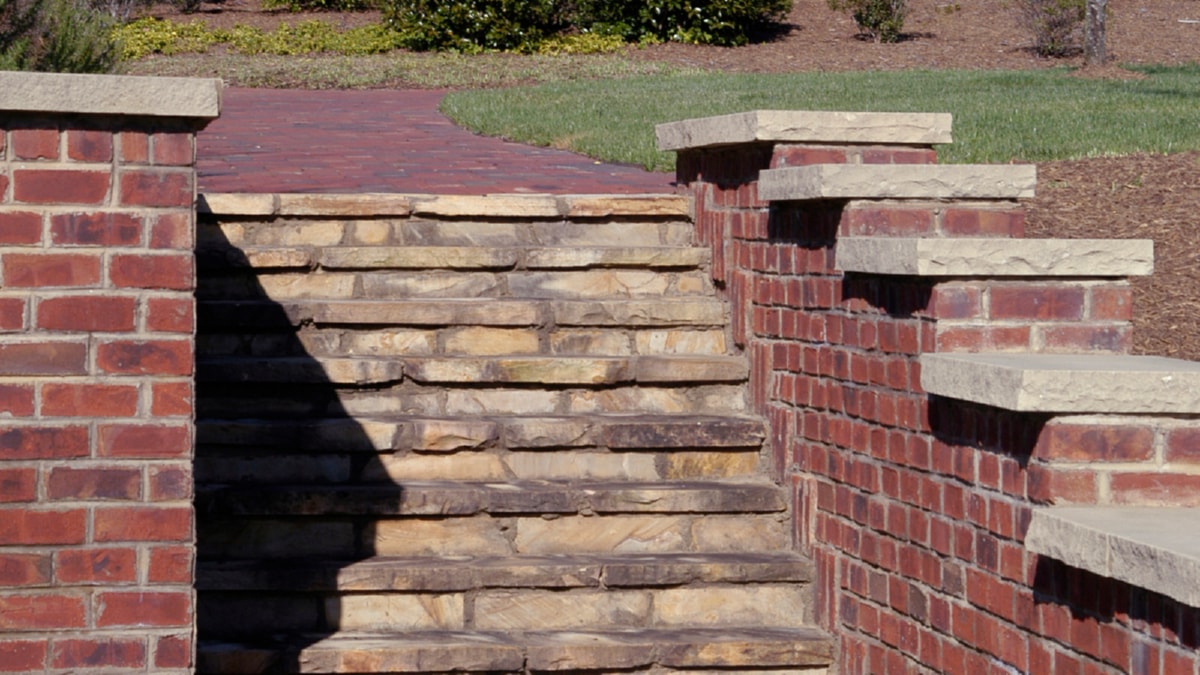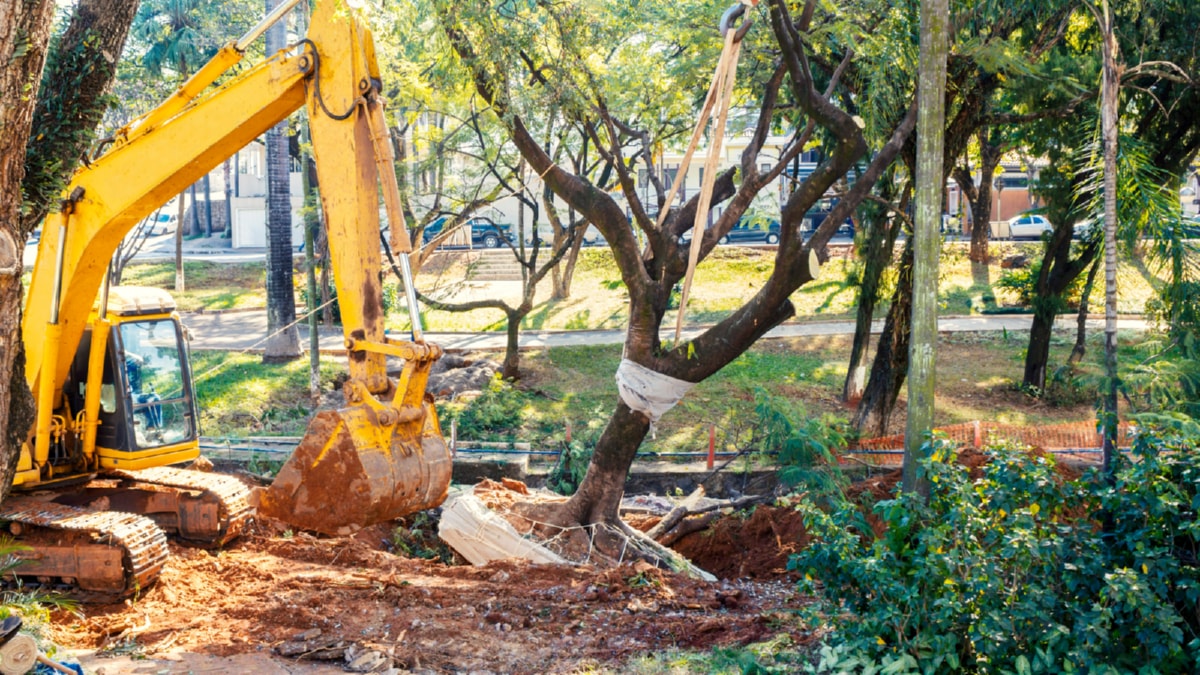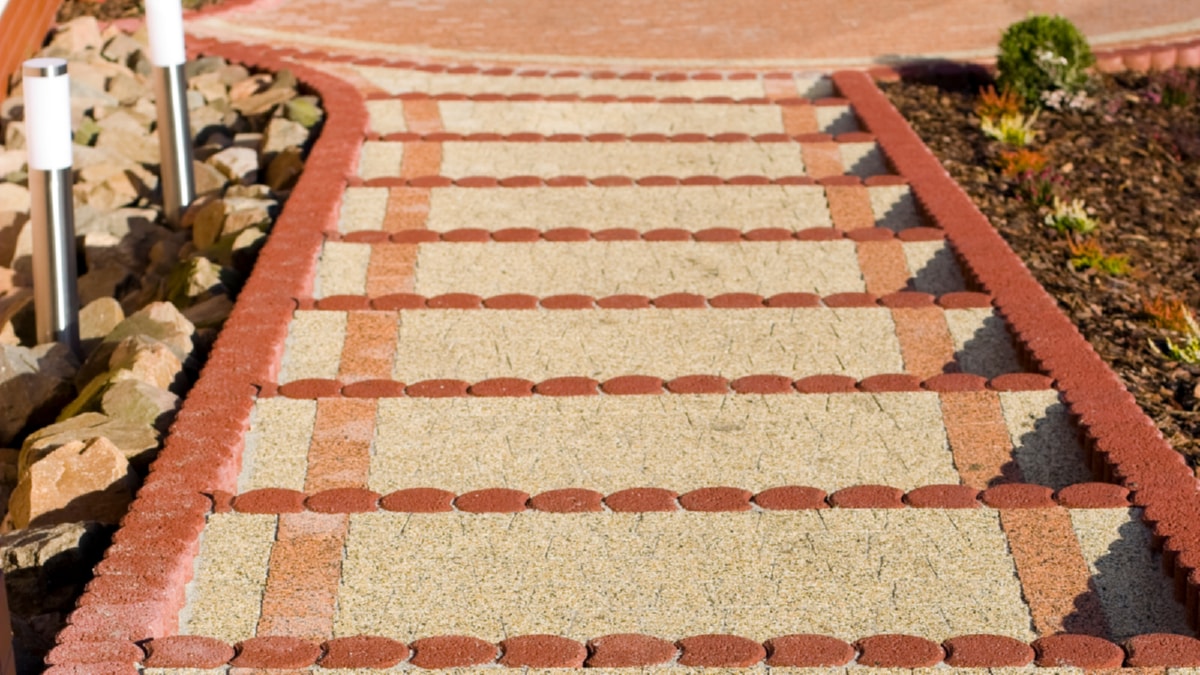Understanding the Basics of Residential Construction
The process of building residential structures remains an integral part of our society, providing essential shelter for families and individuals. This article will guide you in understanding the basics of residential construction.
The first stage in residential construction involves design and planning. Engineers and architects work together to create a blueprint that will guide the construction process. The blueprint consists of sections, floor plans, and elevations, which provide comprehensive details of the planned structure.
Once the design phase is complete, the construction process begins. This phase typically includes site preparation, foundation construction, framing, installation of windows and doors, electrical and plumbing, insulation, drywall, interior finishing, and installation of exterior finishes. Each of these steps must be executed with precision to ensure that the building is safe and stable.
Next, the focus shifts to the installation of the roofing system. The roof is a crucial part of the structure as it protects the interior from the elements. Various materials can be used like asphalt shingles, tiles, or metal, depending on the homeowner’s preference.
Lastly, once the construction is complete, the finishing touches are added. This includes landscaping, painting, and furnishing. These final steps transform the structure into a livable, comfortable home.
When it comes to residential construction, safety is paramount. All construction sites should adhere to strict safety guidelines to prevent accidents and injuries. This includes following proper lifting techniques, wearing appropriate protective equipment, and ensuring the site is tidy and free of hazards.
In conclusion, residential construction is a complex process that involves various stages, from planning and design to construction and finishing. Understanding these basics can help anyone involved in the construction process, whether they’re a homeowner, a contractor, or a construction worker.
The Future of Sustainable Construction: A Comprehensive Guide
As the world continually faces the impacts of climate change, the construction industry has a significant role to play in promoting sustainability. This article provides a comprehensive guide to the future of sustainable construction.
Sustainable construction refers to the practice of building structures that are environmentally responsible and resource-efficient. This approach includes sustainable design, construction methods, materials, and energy sources.
One key aspect of sustainable construction is the use of green building materials. These are materials that are renewable, recyclable, and have a low environmental impact. Examples include bamboo, recycled steel, and low-VOC paints.
Another crucial part of sustainable construction is energy efficiency. This involves using insulation, energy-efficient appliances, and renewable energy sources to reduce the building’s energy consumption.
Sustainable construction also prioritizes water efficiency. This can be achieved through rainwater harvesting, greywater recycling, and the use of water-efficient fixtures.
In conclusion, sustainable construction presents an exciting path towards a greener future. By focusing on sustainability, the construction industry can help to create a healthier, more sustainable world and mitigate the impacts of climate change.
For more details, check best Tarmac Contractors Kildare Galway Limerick Mayo Offaly or visit their Tarmac Contractors Kildare Galway Limerick Mayo Offalybusiness listing here.




